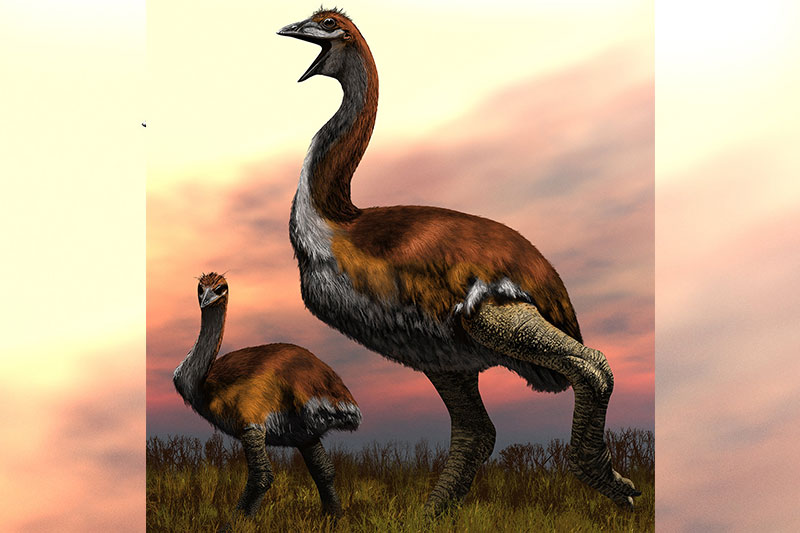- Sponsored -
Vorombe Titan: World’s biggest bird is discovered now

After thousand years of conflicting evidence, scientists seems to have solved the riddle of the world’s biggest bird named Vorombe Titan. According to a study published in the Royal Society Open Science, scientists have discovered a species of an elephant bird, though it is extinct now. It was named by scientists from the Institute of Zoology, part of the international conservation charity Zoological Society of London.
- Sponsored -
According to the study published, scientists have discovered ‘new rigorous and quantitative’ evidence indicating that Vorombe Titan would have lived in Madgascar, but was not able to fly due to its heavy weight. It is a new addition to the elephant bird family, an extinct group of colossal flightless birds that roamed Madagascar during the Later Quaternary — which scientists thought comprised only of the Aepyornis and Mullerornis genera.
In the 19th century, a new breed of European zoologist obsessed over the creature, pillaging skeletons and fossilised eggs to prove their discovery.

But a study released on Wednesday suggests that one species of elephant bird was even larger than it was earlier thought. Vorombe Titan would look like a fully grown giraffe and but far heavier. “They would have towered over people,” James Hansford, lead author at the Zoological Society of London told CNET, added, “They definitely couldn’t fly.”
In the study Hansford examined elephant bird bones found around the world. Earlier, the largest-ever elephant bird was described in the year 1894 by the British scientist CW Andrews as Aepyornis Titan but it was later dismissed by his French rival resulting in decade long debates and deadlocks.
Hansford quoted by CNET as saying, “His research proved Titan was indeed a different species but he also found that its bones were so distinct from other elephant bird specimens that Titan was in fact an entirely separate genus. Named Vorombe titan — Malagasy for ‘big bird’ — the creature would have stood at least three metres (10 feet) tall, and had an average weight of 650 kg, making it the largest bird genus yet uncovered.”
Also read: NASA launches website to showcase how its research impacts everyday life
- Sponsored -
